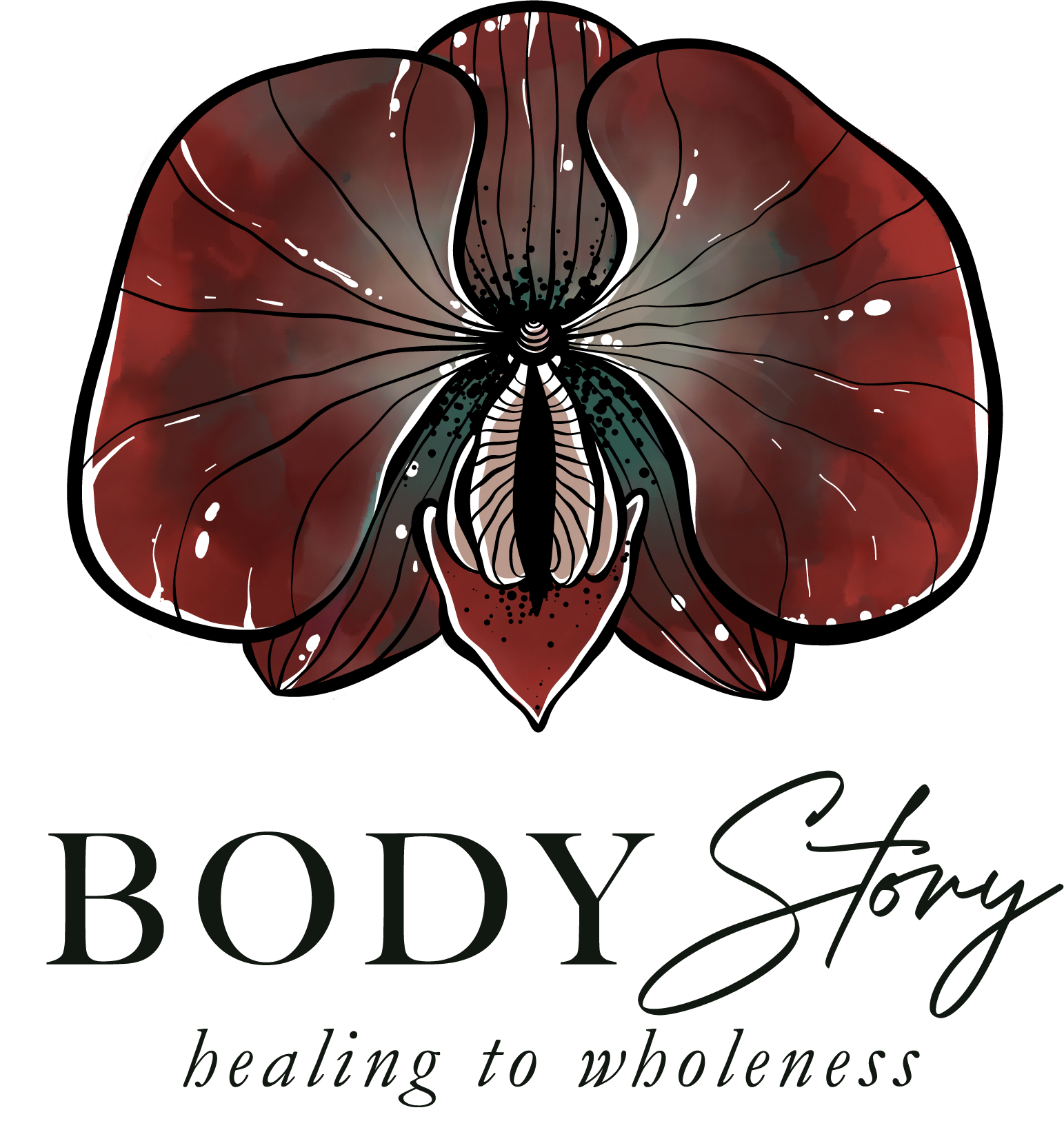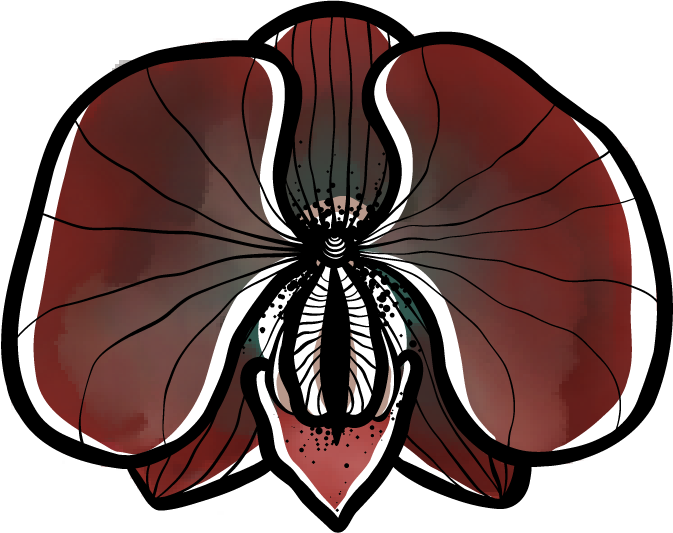When I was in my early twenties, I woke very, very early and hauled myself into a kitchen of a cafe in Boulder, Colorado. I flipped on the lights at 5:00 a.m., turned on the ovens, and spent my morning hefting gigantic trays of steaming muffins, pies, and cookies from back of house to front.
Baking has been in my DNA since I was born, and it was delicious fun to live out my childhood fantasies as a professional baker. But as much as I loved spreading the perfect cream cheese frosting on a carrot cake, this new direction kept appearing for me. At the same time I was learning to perfect my cheesecake recipe, I was learning about the effects of refined sugar on my body. I was whipping up layer cakes while doing candida cleanses, and suddenly it just fell apart. I left my job as a sugarplum drug dealer and sadly tucked my apron deep into the back of my pantry.
Many years have passed since my time in a professional kitchen. Over the years, I tried many different ways to find health and balance. I’ve been sugar free, wheat free, dairy free, and then I eventually managed to find a comfortable place in Ayurveda. But as I learned about digestive spices, how to use a pressure cooker, and the incredible things we can create with chapati dough, my stand-up mixer beckoned me from a lonely corner of my kitchen.
Baking with Ayurveda
I began to explore what it would mean to bake with an Ayurvedic lens. There’s no real template to anything around Ayurvedic cooking besides just this: How does it make you feel? I knew that refined sugar made me feel awful, and that white flour just plugged me up (have you ever tried to rinse that stuff down the drain? Imagine what it’s doing to your body).
What I was learning about how to use healthy fats and whole grain shifted my thinking to use ghee in place of butter and whole wheat flour instead of that stripped down white stuff. Then rice flour, oat flour, barley flour, and coconut flour appeared in my life. When I discovered the magic that is jaggery, my whole view on baking shifted. Suddenly, I was back in the kitchen playing with all sorts of new ideas.
People often ask me how to bake better cookies, cakes, and pies. These sweet bites bring us so much joy. They bring us together at birthdays and potlucks, and remind us that life doesn’t have to be so bitter.
Our baked goodies need to taste good without making us feel terrible afterward. They need to enliven our senses, not dull them. They need to bring joy as we are preparing them, eating them, and sharing them. All of that is possible with a little playfulness and kitchen curiosity.
After a lot of research and a whole lot of fails, here is how I now approach baking from an Ayurvedic perspective:
- Not too sweet. The sweet taste is held in high regard in Ayurveda for its ability to build tissue and rejuvenate the body. But when the sweet taste dominates the conversation, you get too much tissue (aka, excess weight that stores toxins that cause disease). When I look at conventional recipes for inspiration, I have been known to cut the sweetener in half or even down to 1/3. You just don’t need as much as you think you do. This has required me to learn the varying levels of sweetness in the ingredients I use. For instance, maple syrup is very sweet and requires about ¼ cup less than jaggery. But also rice flour has more sweetness than wheat. It’s been a process of discovery, one that I’m more than happy to continue.
- Lighten up. Vata dosha, which is the air element, needs weight to stay grounded. Wheat, ghee, and nuts offer that, but when a baked good has too many hard-to-digest foods, it can weaken digestion and throw everything off. I lighten things up by avoiding eggs entirely (they are quite dense — use a flax egg instead, recipe below), use only small amounts of nuts (chopped so they are easier to chew), and being mindful of the sum total of everything I’m using. Most foods you include in baking tend toward to be a bit heavier, so lighten up the meal you’re serving the goodie with.
- Spice it. In Ayurveda, we see digestion as the root of all health. You can eat the most incredible thing in the world, but if you cannot digest it, your body cannot utilize it. Spices, such as cardamom, ginger, nutmeg, clove, fennel, and cinnamon, stoke agni (digestive fire) and help your body break down things like wheat. They also smell heavenly and taste like mana.
- Everything in its whole form. Any time a food is stripped of its natural form it becomes unrecognizable and unusable to your body. This means white flour, white sugar (including brown sugar, which is just white sugar + molasses), skim milk, and cornstarch are not in my kitchen. I have developed a good relationship with maple syrup, jaggery, molasses, dates, and various forms and combinations of whole grain flour. Organic and non-GMO ingredients fall under this category of wholeness. I don’t buy anything else.
I have grown to love baking even more now because it not only feels good to make it, it tastes incredible, and I feel balanced after eating it.
Cookies for breakfast?
I have one other test for any baked good: Can I eat this for breakfast? If the answer is “no,” it’s probably not in my oven. That is where the recipe for these breakfast cookies comes in.
Cookies were one of the first things that I learned to bake well with these new standards. When my daughter was first born and I needed a quick snack to refuel from the constant pull of a hungry breastfeeding child, these cookies were my go-to snack (put down those pricey “lactation cookies” at the health food store — homemade is a million times better for both of you). I’m still nursing, but even though it’s not so much of a full-time job, some variation of these cookies often makes an appearance in my home. And yes, I have been known to eat them for breakfast.
Rose date breakfast cookies
Dry ingredients:
2 cups whole wheat flour
½ cup oat flour
⅓ cup raw sugar or jaggery
¼ cup sunflower seeds
½ tsp. mineral or sea salt
1 tsp. cinnamon powder
1 tsp. cardamom powder
½ tsp. fennel powder
2 Tbsp. rose petals, sorted to remove stems
Wet ingredients:
1 flax egg (2 Tbsp. ground flax mixed with 3 Tbsp. warm water, let sit 5 minutes)
⅓ cup + 1 Tbsp. ghee or sunflower oil
8 large dates, pitted and chopped
½ to ¾ cup water
Preheat oven to 350 F.
Combine dry ingredients and set aside. Combine flax egg, oil and dates, mixing well. Mix the oil mixture into the dry mixture and add water, about ¼ cup at a time and stirring gently with your hands (don’t overmix). Add enough water so that the flour is incorporated and the dough just sticks together.
Scoop onto a baking sheet covered in parchment paper and press flat. Bake for 18 to 22 minutes, or until the cookies barely spring back to the touch.




